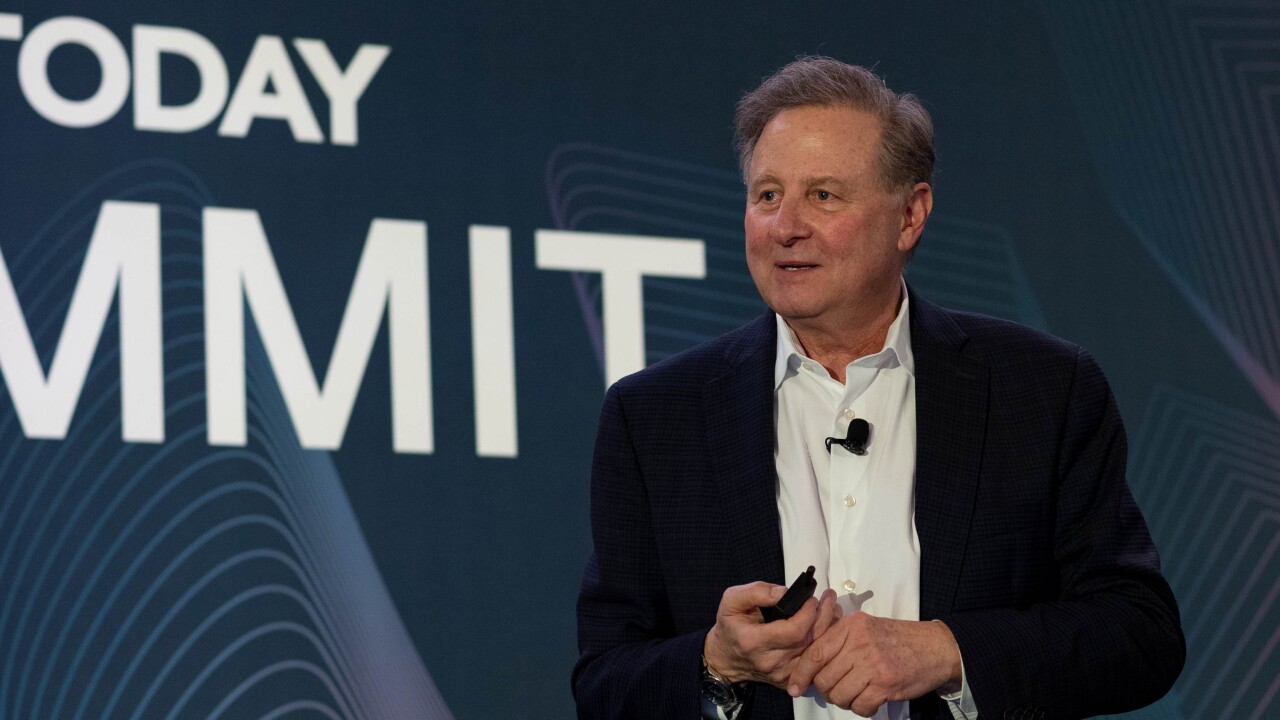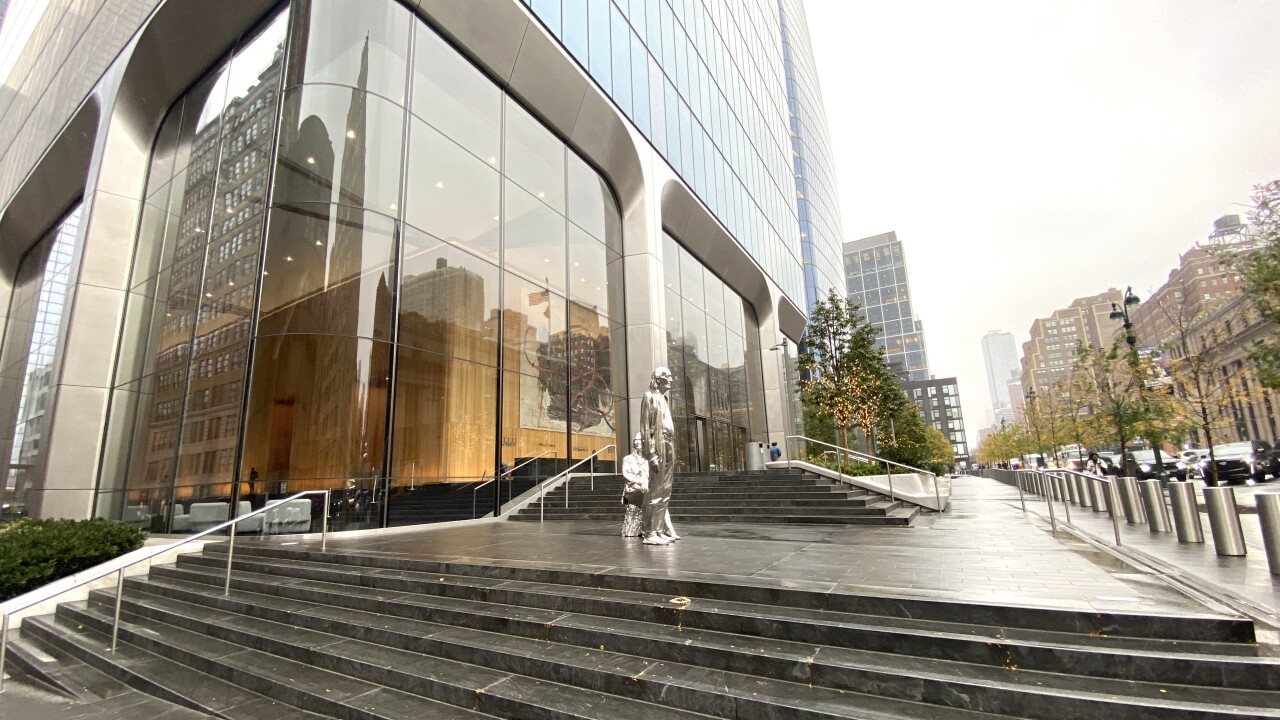The number of sales tax rate changes is at a high for the decade. And when you add the number of actual rate changes to the number of new jurisdictions, you come to nearly a 10-year high, according to Mike Bernard, vice president of tax content and chief tax officer at Vertex.
"Tax professionals must anticipate and stay ahead of these changes by monitoring what's driving them and understanding their potential implications on the future of the indirect tax landscape," he said. "This is increasingly important given the escalating complexity of the tax environment both domestically and internationally."
States need more revenue as a result of their shrinking sales and use tax base, he indicated. The cost of debt has gone up, and inflation has increased the price states must pay for their own expenses.
"Inflation has increased dramatically, ranging from 15% to 20%, so they pay more for everything they purchase," he explained. "Moreover, they have cut their services to a bare minimum to cut expenses and retain employees."
For most states, the sales tax base is the smallest in 60 years due to exemptions and sales tax holidays. "If you want the same amount of dollars out of your sales tax, you have to keep pumping up the rates," he said, citing a Brookings Institution report that suggested sales and use tax will be a preferred funding means, particularly in stressed economic times.
"If you take three major funding mechanisms — corporate tax, property tax, and sales and use tax — the most resilient of these is the sales and use tax," he said. "During an economic downturn, the amount collected decreases later, and comes back more quickly than the others. So legislatures tend to favor the sales and use tax."

"We at Vertex thought there would be broader efforts by states to tax services, since our economy is 40% to 50% made up of services. We thought they would tax professional services such as architecture firms, and leave personal ones — such as salons — alone," said Bernard. "But we found that a lot of states are not going to impose a sales tax on any kind of services because it would require significant legislative changes which they don't believe voters would favor. "
In the year ahead, Bernard sees sales tax and rate changes shaped by a variety of factors, including differing jurisdictional trends, unsustainable fiscal conditions and the unlikely expansion of sales tax on services.
"While state sales tax rates are consistent or slightly decreasing, they stand in sharp contrast to rapidly increasing district, city and county taxes," he said.
The current fiscal conditions, propped up by pandemic aid, are likely to face future challenges, generating increases in taxes on digital goods, according to Bernard. "And despite existing obstacles on imposing taxes on services in the U.S., globally we're seeing a transition toward environmental taxes and a significant surge in e-invoicing requirements, especially in the EU," he added. "These changes impose a demand for quick adaptability and major procedural shifts within indirect tax groups."
"Environmental and green energy fees are front and center in Europe," he said. "The general consensus is that it's a very important issue. A strong number of people believe environmental fees are extremely important, but there is still a large group that doesn't believe it. Several years ago we supported almost 400 green fee impositions here in the U.S. Today that number is nearly 1,200, so there's been a significant increase in awareness and action."




